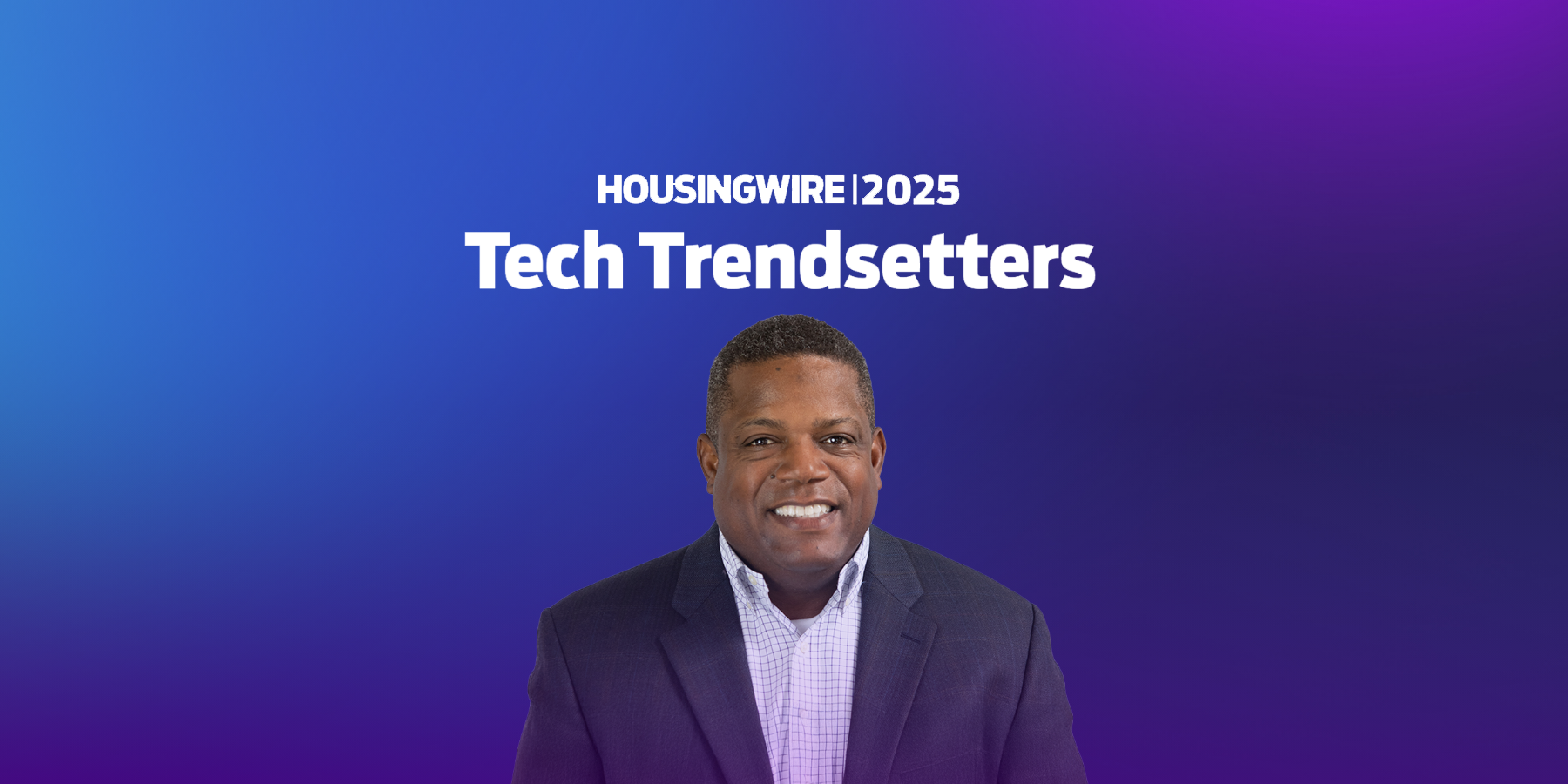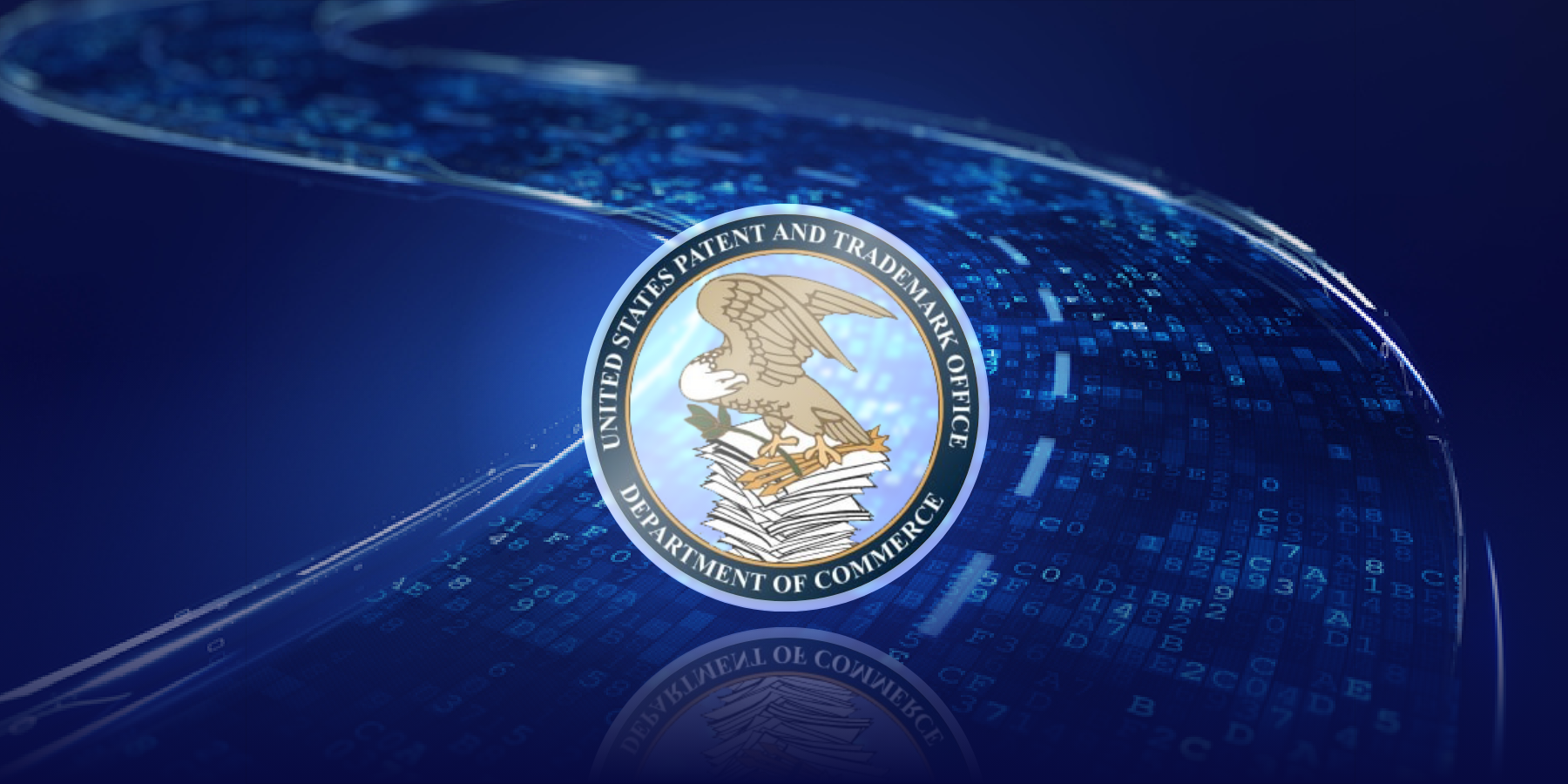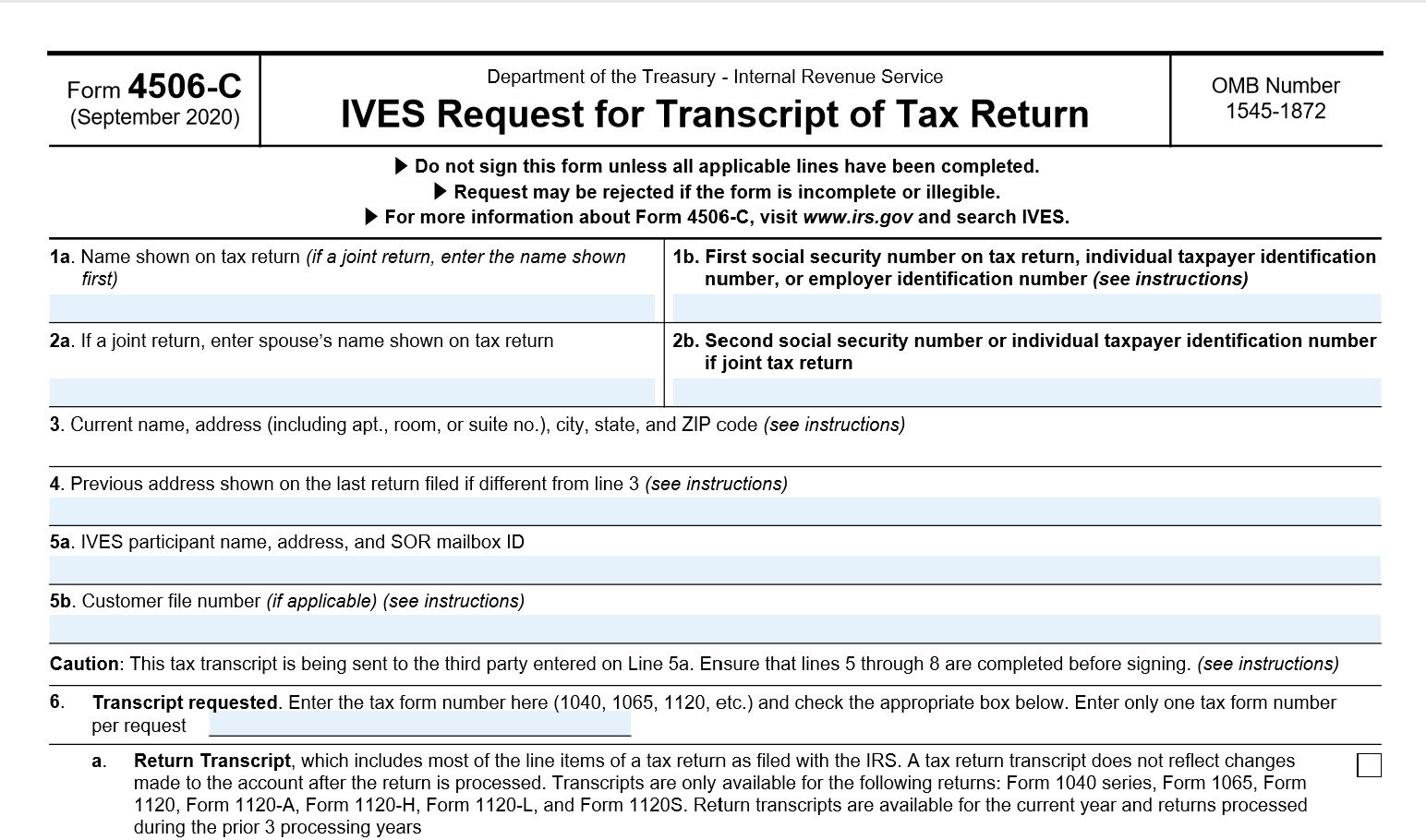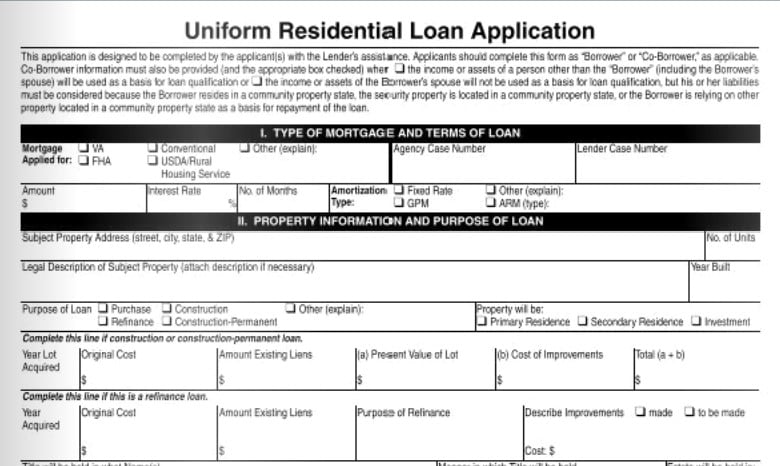eMortgage Revolution: The Fully Digital Future of Mortgage Signings is Here (Part 1 of 2)
Written by Nathan Batts
The mortgage process is time-tested and ancient. While there has been considerable innovation, such as in the ability to shop for rates and apply online, many facets of the mortgage process have remained essentially unchanged. Paper and ink signatures continue to dominate transactions, closings are face-to-face, many documents are mailed, and filings with a local land records office are often still done in person.
With wholesale transformations occurring everywhere in the banking business, we are at a critical point when changes in both technology and the law underpinning transactions are combining to bring about a new advancement for the mortgage industry. Electronic mortgages are positioned to transition from pilot project initiatives to routine occurrences and finally the new norm. In this article, the focus is on providing a high level explanation of these transactions and how the changes will benefit customers, financial institutions, and other market participants.
eMortgages and eClosings
Let’s start with a few basic terms. In an FAQ entitled “eClosings and eMortgages (eNotes)” last updated on May 18th of this year, the government-sponsored enterprise Fannie Mae includes the following helpful information.
“What is an eClosing? An eClosing is the act of closing a mortgage loan electronically. This occurs through a secure electronic environment where some or all of the closing documents are executed and accessed online (also known as the ‘execution’ phase of creating an electronic mortgage loan). This is often a hybrid process in which certain key documents (e.g., Note, Security Instrument) are printed to paper and traditionally wet-signed while other documents throughout the process are signed electronically.
What is an eMortgage? An eMortgage is a mortgage loan where the critical loan documentation, specifically the promissory note (eNote), is created electronically, executed electronically, transferred electronically and ultimately stored electronically. An ‘eClosing’ produces an ‘eMortgage’ only if the promissory note is signed electronically. Note: This can still include a traditionally wet-signed security instrument.”
“eClosings and eMortgages (eNotes)” Frequently Asked Questions, Fannie Mae, https://www.fanniemae.com/content/faq/emortgage-faqs.pdf.
Thus, two key terms, eClosings and eMortgages, have emerged. For now, we can use electronic mortgages as a more general term encompassing both concepts. The term digital mortgage is also widely circulating.
Characteristics of the First Transactions
The eClosing for the first documented end-to-end electronic mortgage in North Carolina occurred on May 5, 2017 as part of a pilot initiative by the North Carolina Department of the Secretary of State and North State Bank Mortgage.
The second eClosing occurred on August 10th as a hundred industry and regulatory agency observers, who had signed nondisclosure agreements to protect borrower information, gathered in Raleigh and watched the transaction unfold remotely on video screens.
For the observers at the second eClosing, the left-hand side of the screen was split between streaming video of the closing attorney sitting in her office and below streaming video of another location where the borrower was seated together with a certified electronic notary. On the right-hand side of the screen, observers saw an open application window displaying the mortgage documents. A sidebar in the document window showed by name which document was being displayed and listed the other documents in the closing package. Thus, video-conferencing replaced a transaction which has traditionally been conducted in an attorney’s conference room, where everyone would gather around a table and sift through a stack of paper documents.
In transactions such as these, the software platform used by the lender and the closing attorney helps to guide the workflow and keep everything organized. The borrower simply goes through a few steps on the screen to consent to electronic records and to adopt an electronic signature which is held in the system. Then, the closing attorney explains to the borrower the mortgage disclosures and loan documents, steadily scrolling forward using mouse clicks and a scroll bar. At intervals a tab pops up on the screen where a digital signature needs to be applied. The closing attorney then temporarily transfers control to the borrower, who in turn with mouse clicks applies the previously selected digital signature to those tabbed places in the agreement or disclosures. After a digital signature has been applied, control transfers back to the closing attorney who continues his or her explanation and scrolls to the next area where a signature is required. One safeguard in the software platform is that documents will not continue to advance on the screen until necessary signatures have been obtained, which prevents many of the mistakes that occur at closings.
Once all borrower signatures have been obtained, the closing attorney and the electronic notary can carry out any remaining steps. For example, the closing attorney can pass control to the notary to apply electronic notarizations to the documents, with the notary’s signature and seal being applied in much the same manner used by the borrower to apply digital signatures. The closing attorney can review the documents and, using the dashboard in the eClosing platform, send the documents electronically to the lender for final funding approvals.
When the approvals have been obtained, any documents such as the deed of trust that require local recordation can be sent electronically, along with the recording fees, using an eRecording platform to the local Register of Deeds for the county where the real property is located. What the observers at the second eClosing saw was a software product that integrated both the eClosing and eRecording features. Once received by a Register of Deeds, the documents are reviewed by staff and either approved, with a book and page number assigned, or the closing attorney is notified where there may be any deficiencies that need to be corrected before the recording can be accepted.
Assuming the recordation has been done, the electronic promissory note is ready for eVaulting and registration on the MERS® eRegistry.
Under these steps, ownership can be transferred and view or access rights can be granted to various participants like warehouse lenders and Government Sponsored Enterprises like Fannie Mae and Freddie Mac. While there may be many copies of the documents, the registry is set up so that there can be only one “authoritative copy” of the eNote, with information stored about who is the current controller/holder and the location where the authoritative copy is stored.
Thus, the cycle or workflow is from Pre-Closing (loan origination, title production, and document preparation, with any associated platforms or software systems), to eClosing, eRecording, and finally eAsset Management. Much of the flow can be controlled through simple software dashboard steps through the selected technology provider.
Secretary of State Elaine Marshall and a team led by Ozie Stallworth, Electronic Notarization and Notary Enforcement Director, have posted an excellent video online that walks viewers through these steps and shows how the transactions look. The video is available on YouTubeᵀᴹ and is entitled “North Carolina Secretary of State eClosing Pilot: From Aspirational Vision to Commercial Reality.”
North Carolina Department of the Secretary of State. “North Carolina Secretary of State eClosing Pilot: From Aspirational Vision to Commercial Reality” Online Video clip. YouTube. YouTube, 15 August 2017. Web. 25 September 2017.
-----
We'll continue the 2nd part of the series next week when we dive into "What's is Driving the Transition" and "Future Considerations."
Nathan Batts, Senior Vice President and Counsel, North Carolina Bankers Association (NCBA)
Reposted with Permission from Carolina Banker Magazine.
Let us digitally transform your mortgage process for increased efficiency and ROI. See how by scheduling a demo today.
Topics from this blog: eClosing eSign
BackSearch the Blog
- Recent
- Popular
- Topics










List By Topic
- Compliance (100)
- eClosing (85)
- eSign (71)
- Awards (70)
- Integrations (57)
- Industry Publications (52)
- Total eClose (44)
- eNotes (34)
- Remote Online Notarization (31)
- Document Generation (30)
- eDisclosures (25)
- GSEs (18)
- eVault (18)
- eNotary (16)
- SmartCLOSE (13)
- LoanMagic (12)
- eDelivery (11)
- Philanthropy (8)
- Partnerships (7)
- Industry Insight (4)
- AutoPrep (3)
Subscribe Here
Download the Truliant Federal Credit Union Case Study
Truliant took several key steps to refine its 100% digital eClosing process — including finding the right technology partner.
